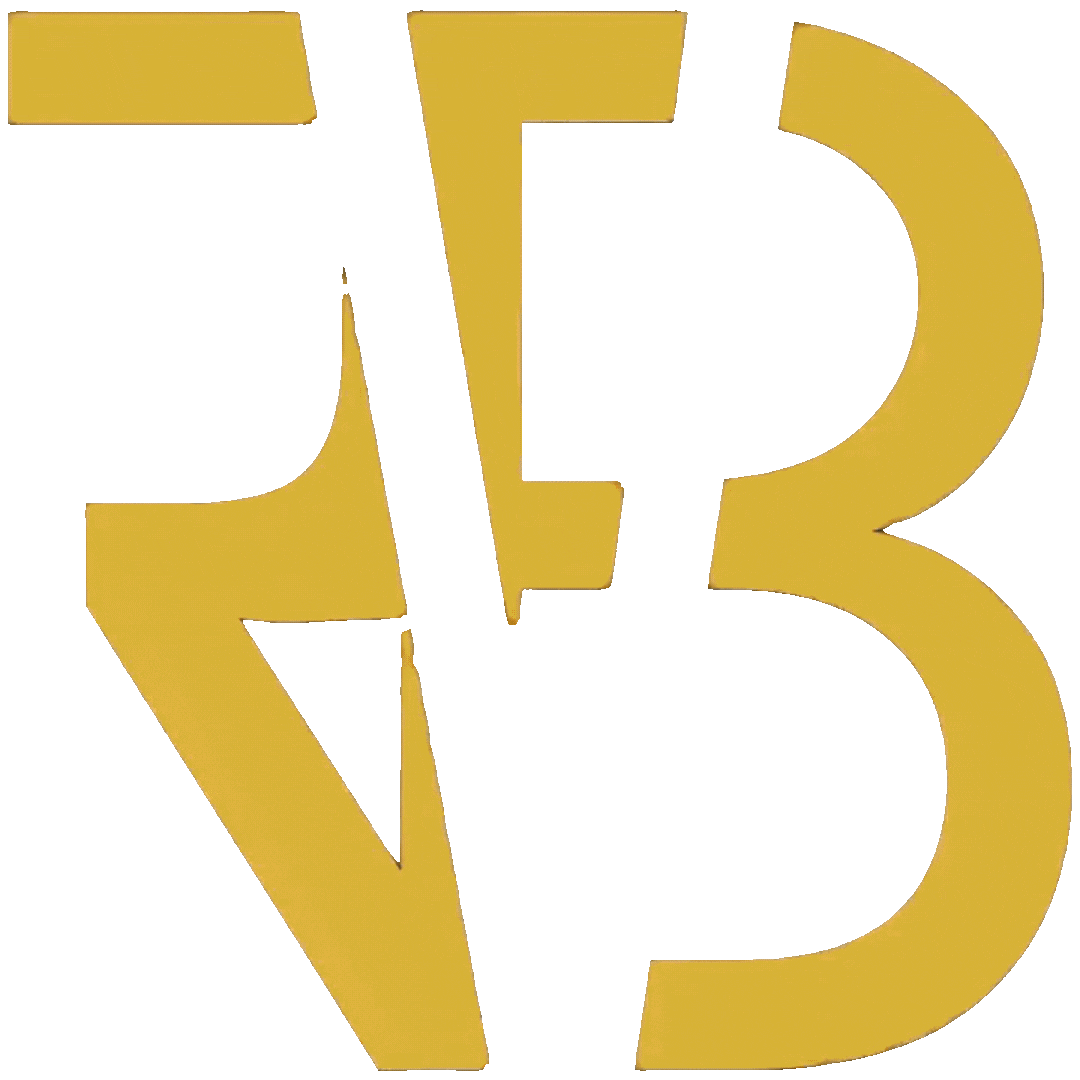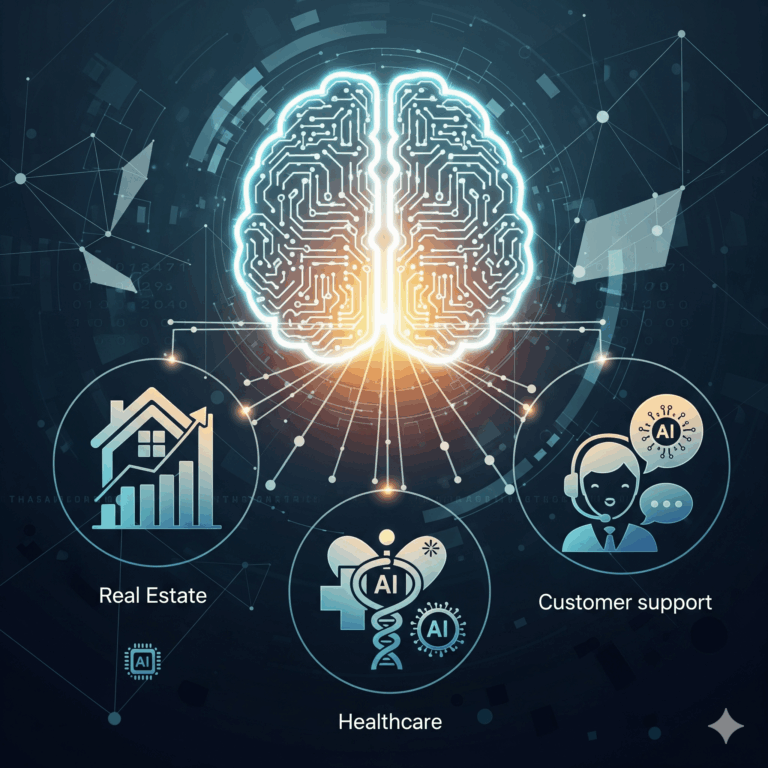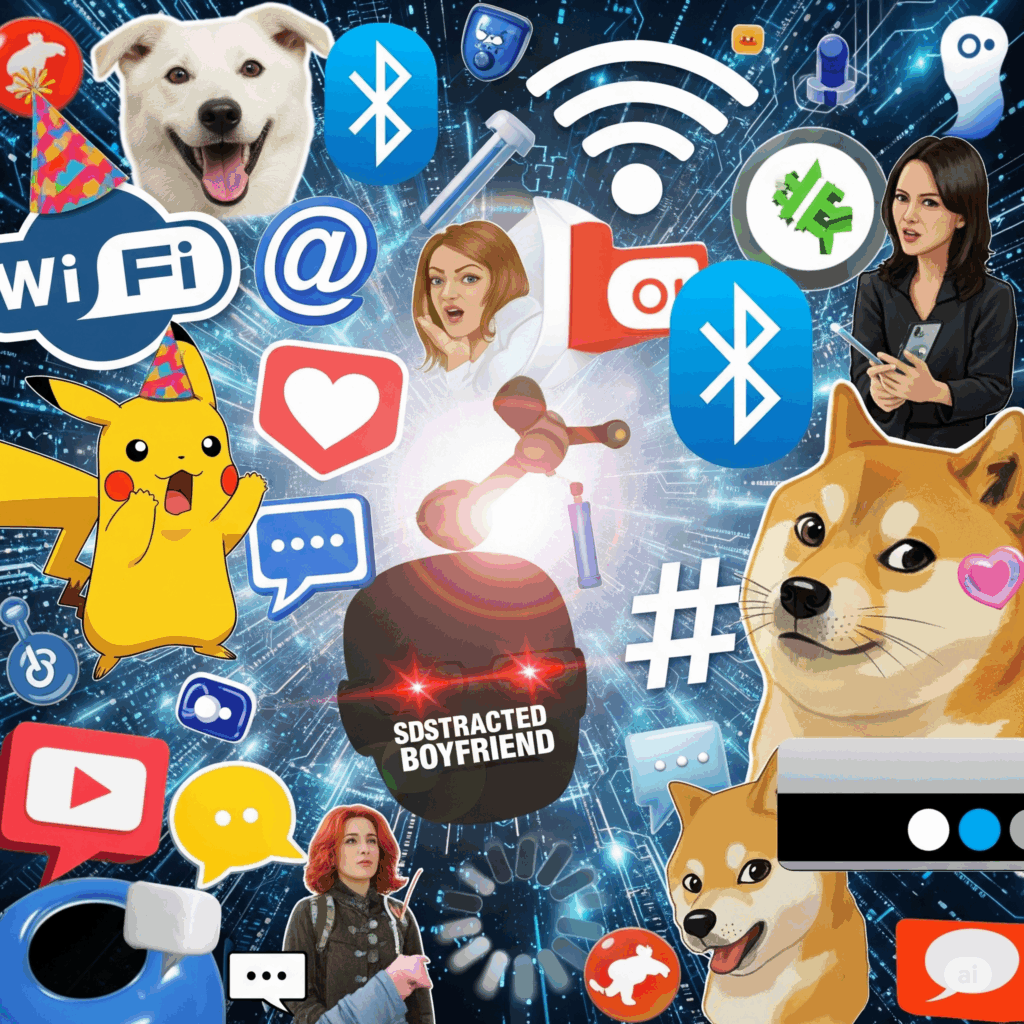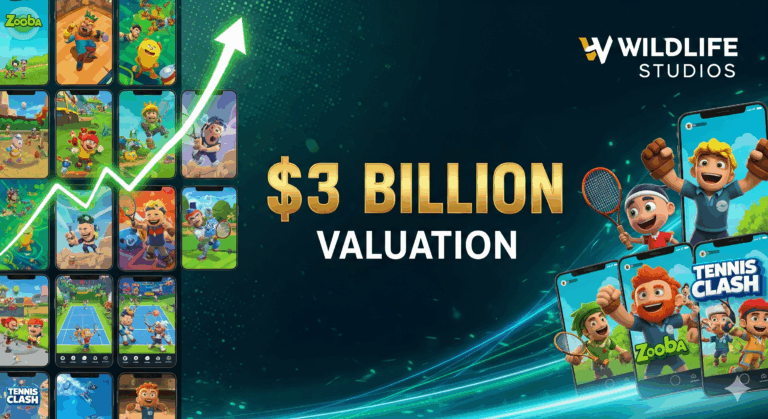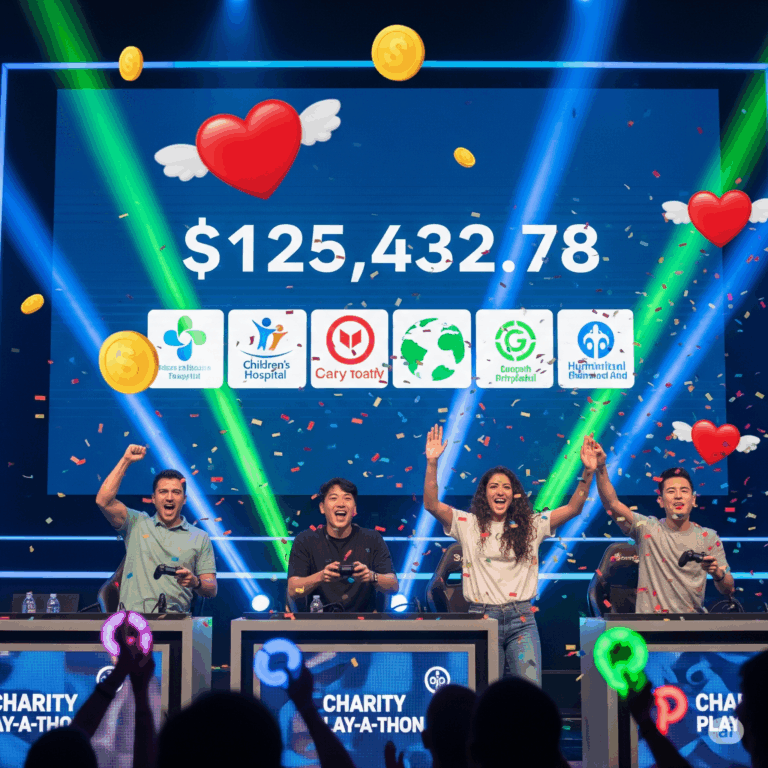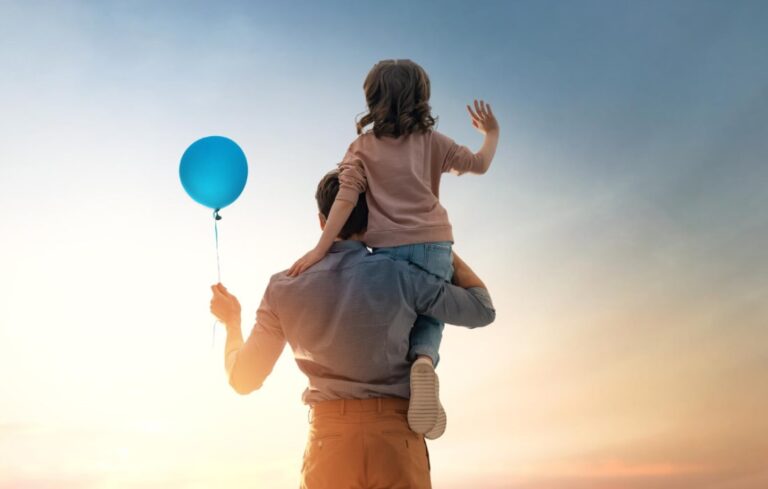
Are you looking for investment, pitch your idea with us!
In the past, stories were passed down through spoken words, books, and films. Today, however, storytelling has taken on a new, bite-sized form: the meme. Memes—those quick images, GIFs, or short videos paired with witty captions—have become one of the most powerful ways to share ideas online. But memes are more than just jokes; they’re a form of modern storytelling that connects people across cultures, ages, and geographies. Through humor, memes break barriers, spread messages, and create communities in ways traditional media often cannot.
The Evolution of Memes
The term “meme” was first introduced by Richard Dawkins in 1976, describing how cultural ideas spread much like genes. Back then, a meme could be anything from a catchy tune to a cultural ritual. Fast forward to the digital era, and memes have evolved into images, GIFs, or videos that spread at lightning speed on social media.
From the early days of “Dancing Baby” and “LOLcats” to today’s viral TikTok trends, memes have adapted to every new platform. They’re fast, flexible, and designed for quick consumption—perfect for a world that scrolls through information in seconds
Humor as a Universal Language
Humor has always been a key ingredient in human connection. A good laugh breaks the ice, reduces stress, and brings people closer together. Memes amplify this effect in the digital world.
A single meme can transcend language barriers. For example, an image of a confused cat or a frustrated student cramming for exams needs no translation—everyone instantly relates. Humor works because it taps into shared emotions and experiences, allowing people from vastly different backgrounds to bond over a single joke.
In this way, memes are not just entertainment; they’re a new form of emotional storytelling that bridges divides.
Memes as Cultural Commentary
Beyond laughs, memes often reflect the mood of society. They capture political frustrations, social movements, and cultural shifts with humor and simplicity. During global events—like elections, sports tournaments, or even the pandemic—memes became a way for people to cope, vent, and connect.
Take for example:
- During lockdowns, memes about Zoom calls, banana bread, and toilet paper shortages spread faster than news headlines, creating a shared sense of humor in tough times.
- In politics, memes often simplify complex issues into a funny image, making them accessible to a wider audience.
- In pop culture, TV shows and celebrities become meme material, fueling discussions that traditional reviews can’t match in speed or reach.
Through these lenses, memes act as mini-stories that capture cultural snapshots of our time.
The Speed of Connection
Traditional storytelling—through books, movies, or speeches—requires time and attention. Memes, on the other hand, deliver instant impact. A well-crafted meme can make someone laugh, nod in agreement, or share it with friends in just a second.
This speed of connection is why memes spread faster than most news articles. In fact, humor often motivates people to hit the “share” button more than facts do. It’s easier to laugh and pass along a meme than to analyze a long piece of writing. That doesn’t mean memes replace traditional storytelling—it means they complement it, acting as quick cultural “snapshots” in a fast-moving digital world.
Memes as Community Builders
One of the most powerful aspects of memes is their ability to build communities. Online groups, fandoms, and even professional networks often share memes that resonate with their interests or struggles.
- Students bond over exam-related memes.
- Gamers connect through jokes about their favorite titles.
- Workers share relatable memes about office life.
These shared jokes create a sense of belonging. They say: “You’re not alone—I feel this too.” That feeling of connection strengthens digital communities in a way few other forms of media can.
Storytelling in the Age of Memes
At its core, storytelling is about sharing experiences and ideas in a way that others can relate to. Memes do exactly that, but in a compressed format. Each meme tells a micro-story—whether it’s about frustration with technology, the joy of weekend plans, or commentary on global issues.
What’s fascinating is how memes often rely on remixing. A single image template, like “Distracted Boyfriend” or “Drake’s Yes/No,” can be used to tell thousands of different stories. Each version adapts the core idea to new contexts, showing how flexible and creative digital storytelling has become.
The Positive Side of Meme Culture
Critics sometimes argue that memes trivialize serious topics or spread misinformation. While that can happen, the positive side of memes is undeniable:
- They make people laugh in stressful times.
- They bring strangers together through shared humor.
- They spread awareness of issues in relatable, engaging ways.
- They encourage creativity, as anyone with a smartphone can create their own story.
In this sense, memes are democratizing storytelling. You don’t need a movie studio, a publisher, or a huge budget to create impact—you just need an idea and the ability to make others smile.
Conclusion
Memes may look like simple jokes on the surface, but they represent a powerful form of modern storytelling. They connect people through humor, reflect cultural moments, and build digital communities faster than traditional media ever could.
In a fast-paced world where attention is scarce, memes remind us that stories don’t always need to be long to be meaningful. A single image and a witty caption can carry laughter, solidarity, and understanding across the globe.
Humor has always been a universal language, and in the digital age, memes are its loudest and fastest voice. They prove that storytelling is alive and well—it has just evolved into a form that scrolls, shares, and connects us in seconds.
